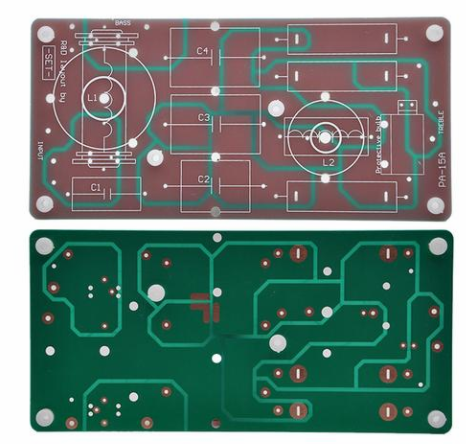1. PCBA processing components and substrate selection
PCBA processing is a general term, which includes (PCB circuit board manufacturing, PCB proofing patch, smt patch processing, electronic component procurement) these parts. Before 2015, the model was that the customer went to the PCB board factory for proofing and the electronic component supplier to buy the device, and then sent the two items together to the smt processing factory for production. Since 2017, there have been many companies in China that have integrated the above three items, and the companies that can integrate the above are called PCBA manufacturers.
Then since it involves all outsourcing to SMT placement factories, we also need to know how suppliers choose electronic components and PCB boards during processing, and what are the standards. Today we will share relevant knowledge together:
One, the selection of electronic components
The selection of electronic components should fully consider the actual total area of the SMB, and use conventional electronic components as much as possible. Do not blindly pursue small-size electronic components to prevent increased costs.

IC devices should pay attention to the pin shape and pin spacing. QFPs with a pin spacing of less than 0.5mm should be carefully considered. It is better to directly choose BGA packaged devices. In addition, the packaging form of electronic components, terminal electrode size, PCB solderability, reliability of smt devices, and temperature tolerance (such as whether it can meet the needs of lead-free soldering) should be considered.
After selecting the electronic components, a database of electronic components must be established, including relevant information such as installation dimensions, pin dimensions and SMT manufacturers.
Second, the selection of plates
The substrate should be selected according to the use conditions of the SMB and the characteristics of mechanical and electrical equipment; the number of copper-clad surfaces of the substrate (single-sided, double-sided or multi-layer SMB) is determined according to the SMB structure; according to the size of the SMB and the total unit area Carry the quality of electronic components and determine the thickness of the substrate board. The cost of different types of materials varies greatly. When selecting SMB substrates, consideration should be given to the characteristics of electrical equipment, Tg (glass transition temperature), CTE, flatness and other factors, as well as hole metallization capabilities, price and other factors.
Second, the choice of the amount of PCBA processing flux
In PCBA processing, many engineers are trying to control the amount of flux used. However, in order to obtain good welding performance, sometimes a larger amount of flux is required. In the selective soldering process of PCBA processing, because engineers often care about the soldering result, not the flux residue.
Most flux systems use glue dispensing devices. In order to avoid the risk of stability, the flux selected for selective soldering should be inert when it is in an inactive state-that is, in an inactive state.
Applying a large amount of flux will cause it to penetrate into the SMD area and produce a potential risk of residue. There are some important parameters in the soldering process that will affect the stability. The key is: when the flux penetrates into the SMD or other processes, the temperature is low and the non-open part is formed. Although it may not have a bad influence on welding during the process, when the product is in use, the combination of the part of the flux that is not turned on and the humidity will produce electromigration, making the expansion performance of the flux a key parameter.
A new development trend in the use of flux in selective soldering is to increase the solid content of the flux, so that only a smaller amount of flux can be applied to form a higher solid content solder. Usually the soldering process requires 500-2000μg/in2 of solid flux. Except that the amount of flux can be controlled by adjusting the parameters of the welding equipment, the actual situation may be complicated. Flux expansion performance is important to its stability, because the total solids of the flux after drying will affect the quality of soldering.
The contents explained above are related to the selection of the amount of PCBA processing flux